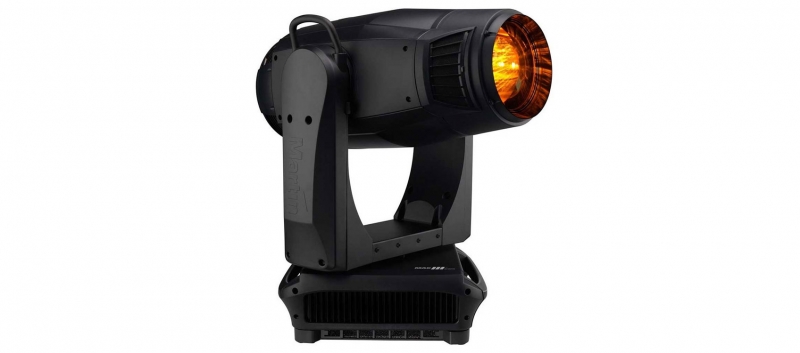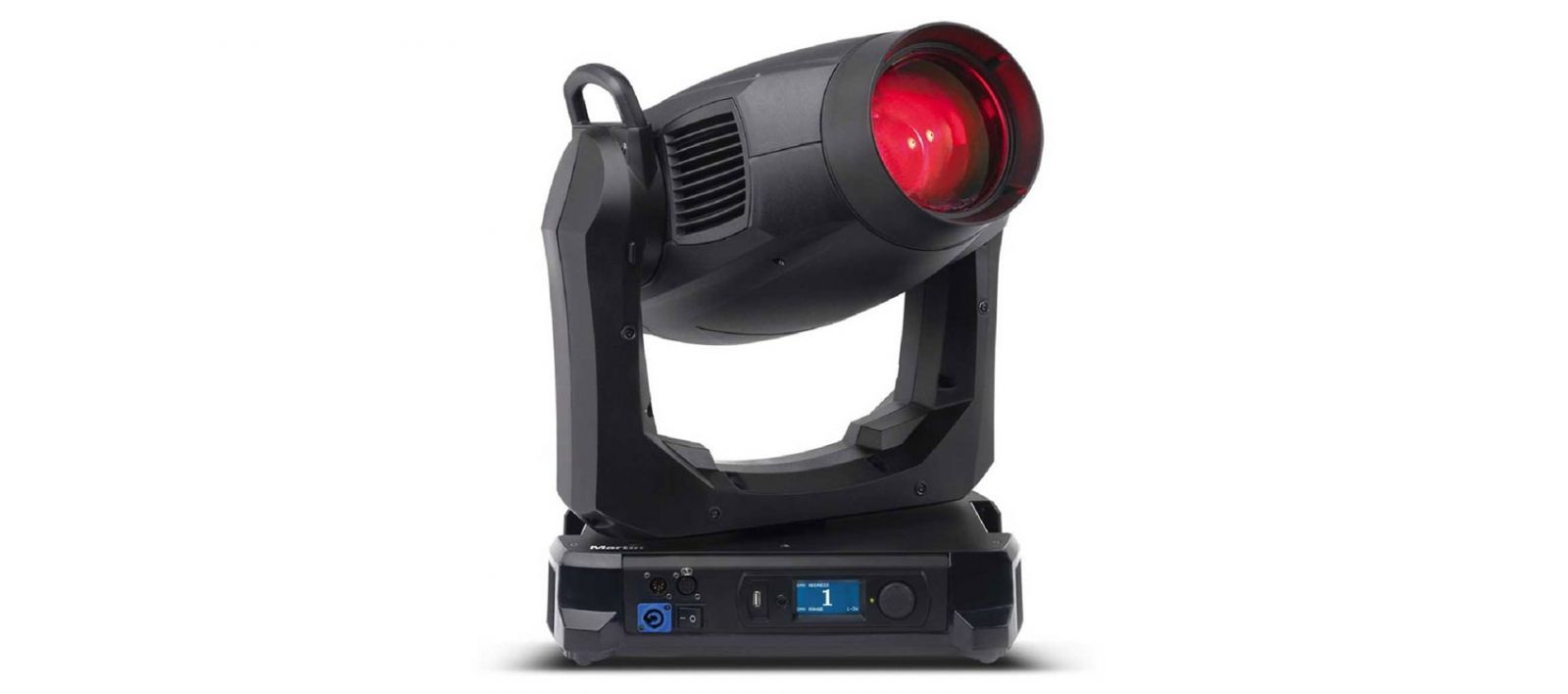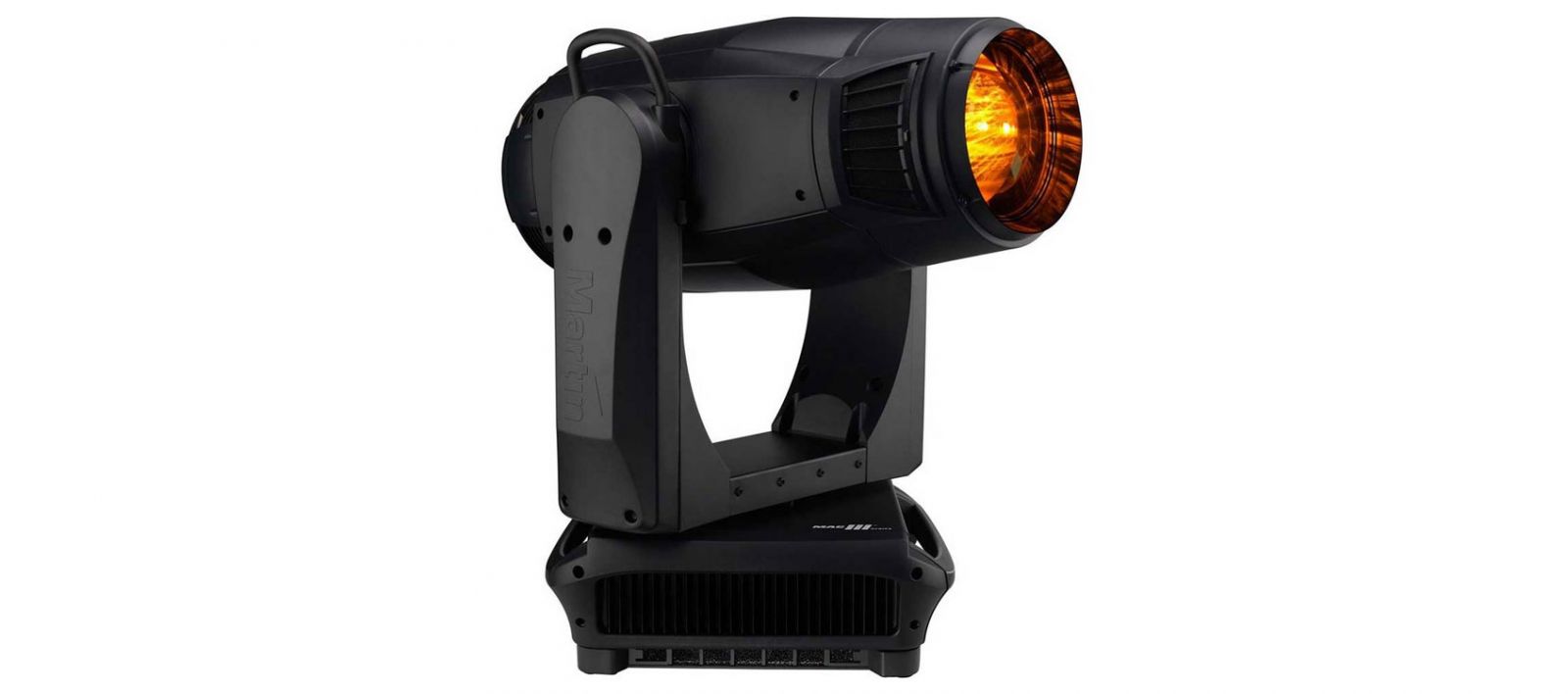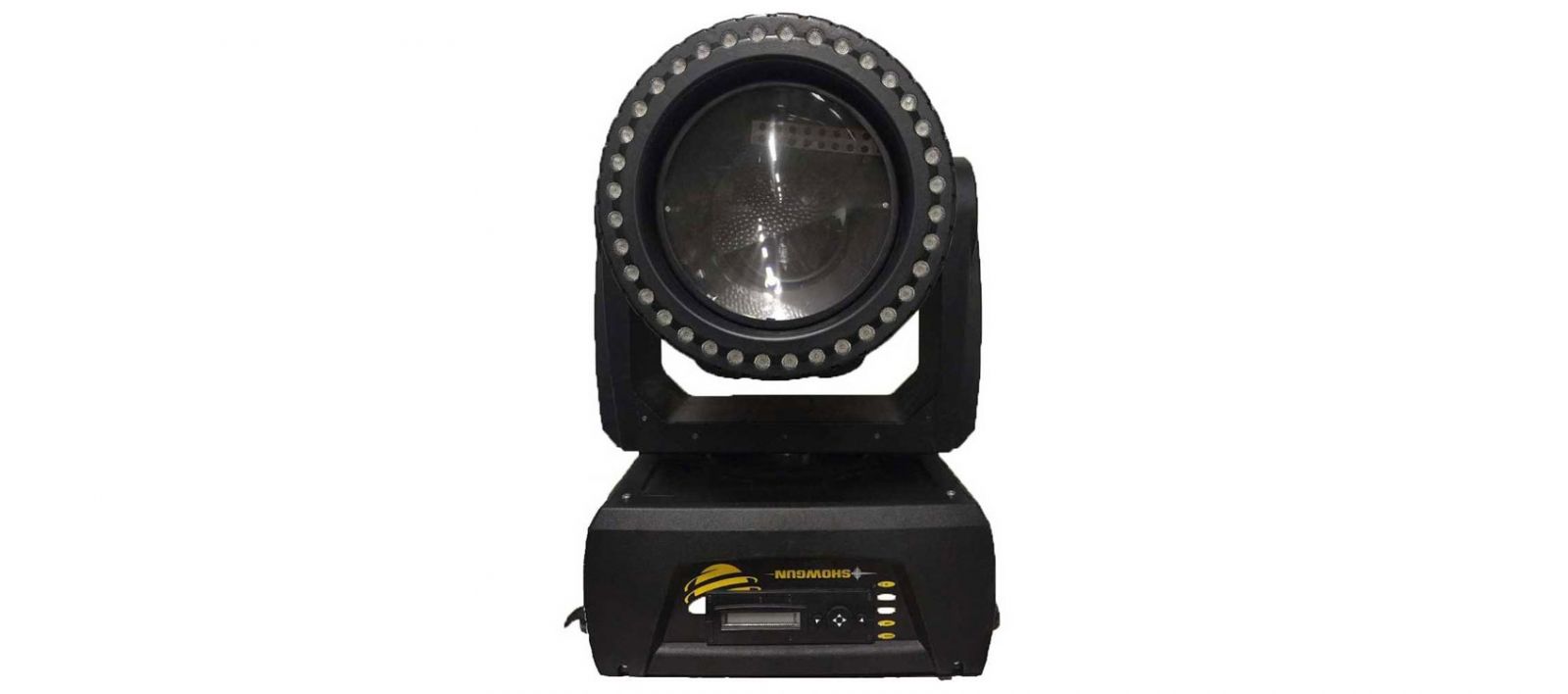stage lighting equipments
02 August 2023

|
Are you a budding stage enthusiast, a professional event planner, or perhaps a passionate performer? If you've ever been captivated by the mesmerizing lights that illuminate the stage and create an enchanting ambiance, then this ultimate guide to stage lighting equipment is for you. From the dazzling spotlights that highlight the performers to the intricate control systems that bring the stage to life, this comprehensive guide will take you on a journey through the world of stage lighting. Whether you're looking to upgrade your existing lighting setup or simply want to gain a deeper understanding of the equipment used to create those unforgettable performances, this guide has got you covered. Different types of stage lighting equipment Stage lighting is a crucial element in any live performance, enhancing the mood, setting the tone, and guiding the audience's attention. To achieve the desired effects, a variety of lighting equipment is used. Let's explore the different types of stage lighting equipment commonly found in theaters, concert venues, and other performance spaces. 1. Spotlights Spotlights are perhaps the most iconic and versatile lighting fixtures used in stage productions. They are designed to focus a concentrated beam of light on a specific area or performer, creating a dramatic effect. Spotlights come in various types, such as Fresnels, Ellipsoidals, and Followspots. Each type has its unique characteristics and applications. Fresnel spotlights are commonly used for general lighting purposes. They produce a soft-edged beam that can be adjusted for different beam angles and sizes. Ellipsoidal spotlights, also known as "lekos," are known for their precise beam control and ability to project sharp-edged patterns or gobos. Followspots, on the other hand, are manually operated spotlights that allow the operator to track and illuminate a performer as they move across the stage. 2. Wash Lights Wash lights are used to provide a broad and even wash of light over a large area of the stage. They are often used to set the overall mood or color scheme for a scene. Wash lights come in various types, including Par Cans, LED wash lights, and moving head wash lights. Par Cans, short for Parabolic Aluminized Reflector, are the traditional wash lights that use incandescent bulbs. They are known for their powerful output and versatility. LED wash lights, on the other hand, use energy-efficient LED technology to produce a wide range of colors and effects. Moving head wash lights are equipped with motorized heads that allow them to pan, tilt, and change colors, providing dynamic and immersive lighting effects. 3. Intelligent Lighting Fixtures Intelligent lighting fixtures, also known as moving lights, have revolutionized the world of stage lighting. These fixtures combine the functions of traditional spotlights, wash lights, and effects lights into a single unit, offering unparalleled flexibility and control. Intelligent lighting fixtures utilize advanced technologies such as pan and tilt motors, color mixing systems, and gobo wheels to create stunning lighting effects. Moving head fixtures are the most common type of intelligent lighting fixtures. They can produce a wide range of effects, including color changes, pattern projections, and even synchronized movements. With the ability to be programmed and controlled remotely, these fixtures have become an essential tool for lighting designers to create dynamic and visually captivating performances. |
 |
|
Advanced stage lighting equipment for professionals For professionals in the stage lighting industry, having access to advanced equipment is key to creating breathtaking performances that leave a lasting impression on the audience. Let's take a look at some of the advanced stage lighting equipment commonly used by professionals. 1. Lighting Control Systems Lighting control systems are the backbone of any professional stage lighting setup. These systems allow lighting designers to have precise control over all the lighting fixtures, creating intricate and synchronized lighting effects. There are various types of lighting control systems available, ranging from simple manual consoles to sophisticated computer-based systems. Manual consoles, also known as lighting boards, are the traditional method of controlling stage lighting. They consist of a control surface with faders, buttons, and knobs that allow the operator to adjust the intensity, color, and other parameters of the lighting fixtures manually. Computer-based lighting control systems, on the other hand, offer more advanced features and automation capabilities. These systems use software and hardware interfaces to control the lighting fixtures digitally, allowing for complex programming and playback of lighting cues. 2. LED Technology LED (Light Emitting Diode) technology has revolutionized the stage lighting industry. LED fixtures offer numerous advantages over traditional incandescent and discharge lamps, including energy efficiency, long lifespan, and a wide range of color options. LED fixtures are also much more compact and lightweight, making them easier to install and transport. LED fixtures come in various forms, including wash lights, spotlights, and effects lights. They can be controlled individually or in groups, allowing for endless possibilities in creating dynamic and immersive lighting effects. LED technology has also made it possible to incorporate pixel mapping into stage lighting designs, where individual LEDs can be individually controlled to create stunning visual displays and patterns. 3. Moving Head Fixtures Moving head fixtures, as mentioned earlier, are intelligent lighting fixtures that offer unmatched flexibility and creativity. These fixtures are a staple in professional stage lighting setups, allowing lighting designers to create mesmerizing lighting effects and movements. Moving head fixtures come in different sizes and configurations, including spotlights, wash lights, and beam lights. Spotlight moving heads offer precise beam control and can project sharp-edged patterns or gobos. Wash light moving heads provide a wide and even wash of light, ideal for setting the mood or color scheme of a scene. Beam light moving heads produce a concentrated beam of light that can be used for creating intense and focused effects. With their motorized heads, color mixing systems, and advanced control capabilities, moving head fixtures are a must-have for professionals looking to take their lighting designs to the next level. |
 |
|
How to choose the right stage lighting equipment for your event selecting the right stage lighting equipment for your event can be a daunting task, considering the wide range of options available in the market. However, by considering a few key factors, you can ensure that you choose the equipment that best suits your specific needs and requirements. Here are some tips to help you make the right decisions when it comes to stage lighting equipment selection. 1. Determine the purpose and scale of your event The first step in choosing the right stage lighting equipment is to determine the purpose and scale of your event. Are you organizing a small-scale theater production, a music concert, or a large corporate event? The type and quantity of lighting equipment you will need will vary depending on the size and nature of your event. For smaller events, a basic lighting setup consisting of a few spotlights and wash lights may be sufficient. However, for larger events, you may need more advanced equipment such as moving head fixtures and lighting control systems to create impactful and immersive lighting designs. It is important to assess the requirements of your event and plan accordingly. 2. Consider the venue and space constraints The venue and space constraints play a significant role in determining the type of lighting equipment you can use. Different venues have different rigging options and restrictions, which may limit the types of fixtures and setups you can implement. Additionally, the size and layout of the performance space will also impact the number and positioning of lighting fixtures. Before choosing your stage lighting equipment, it is crucial to visit the venue and assess the available rigging points, power outlets, and other technical aspects. This will help you understand any limitations and guide you in selecting the appropriate equipment that can be safely installed and operated within the given constraints. 3. Evaluate your budget Budget is another important factor to consider when choosing stage lighting equipment. Lighting equipment can vary significantly in terms of price, depending on factors such as brand, quality, and features. It is essential to establish a budget and prioritize your requirements accordingly. While it may be tempting to go for the most advanced and expensive equipment available, it is crucial to consider the return on investment and the actual needs of your event. Assess the features and capabilities that are essential for achieving your desired lighting design and focus on investing in quality equipment that meets those requirements. 4. Seek professional advice If you are unsure about the technical aspects of stage lighting equipment or need guidance in choosing the right fixtures, it is advisable to seek professional advice. Lighting designers, event planners, and equipment suppliers have extensive knowledge and experience in the field and can provide valuable insights and recommendations based on your specific needs. Consulting with professionals can help you understand the latest trends in stage lighting, explore innovative solutions, and ensure that you make informed decisions when selecting your equipment. They can also assist with the setup and operation of the equipment, ensuring that you achieve the best possible lighting effects for your event. Tips for setting up and troubleshooting stage lighting equipment Setting up and troubleshooting stage lighting equipment can sometimes be challenging, especially for those who are new to the field. However, with the right knowledge and a systematic approach, you can overcome any obstacles and ensure a smooth and successful lighting setup. Here are some tips to help you with the setup and troubleshooting of stage lighting equipment. 1. Plan your lighting design in advance Before starting the setup process, it is crucial to have a clear plan of your lighting design. This includes determining the positions and angles of the lighting fixtures, selecting appropriate colors and gobos, and creating a cue list or programming sequence for the lighting control system. By planning your lighting design in advance, you can ensure that you have all the necessary equipment and tools at hand, saving time and minimizing the chances of errors during the setup process. It also allows you to visualize the final result and make any necessary adjustments before the actual event. 2. Test and label your equipment Before installing the lighting fixtures, it is essential to test each piece of equipment to ensure that it is functioning properly. Check the bulbs, LEDs, motors, and other components for any signs of damage or malfunction. This will help you identify any faulty equipment and avoid potential issues during the event. Once you have tested the equipment, it is advisable to label each fixture and cable with clear and distinct labels. This will make it easier to identify and troubleshoot any issues that may arise during the setup or operation. Proper labeling also helps in organizing the equipment and ensures efficient and accurate setup. 3. Follow safety guidelines Safety should always be a priority when working with stage lighting equipment. Make sure to follow all safety guidelines and regulations, including proper handling of electrical connections, secure rigging of fixtures, and adequate ventilation for heat dissipation. Ensure that all electrical connections are secure and protected from moisture or physical damage. Use safety cables to secure fixtures and prevent accidental falls. It is also essential to be aware of the power requirements of your equipment and not overload circuits. If in doubt, consult a qualified electrician or technician to ensure compliance with safety standards. 4. Conduct thorough rehearsals Once the stage lighting setup is complete, it is crucial to conduct thorough rehearsals to ensure that everything is working as intended. Test each lighting cue and sequence to verify that the desired effects are achieved and that the lighting changes happen at the right time. During the rehearsals, pay attention to any issues or inconsistencies in the lighting, such as flickering lights, incorrect colors, or unexpected movements. Take note of these issues and troubleshoot them promptly to avoid any disruptions during the actual performance. 5. Have a backup plan Despite careful planning and preparation, technical issues can still occur during live performances. It is essential to have a backup plan in place to quickly resolve any problems and minimize the impact on the event. Prepare backup lighting fixtures, spare bulbs, and cables to quickly replace any faulty equipment. Familiarize yourself with the troubleshooting procedures for common issues and have the necessary tools and equipment readily available. Having a backup plan will provide peace of mind and ensure that the show can go on even in the face of unexpected challenges. Stage lighting techniques and effects Stage lighting is not just about illuminating the performers; it is an art form that can transform a performance into a captivating and immersive experience. Lighting designers employ various techniques and effects to create visually stunning and emotionally evocative lighting designs. Let's explore some of the popular stage lighting techniques and effects used in live performances. 1. Color Color is a powerful tool in stage lighting, capable of evoking emotions, setting the mood, and creating visual interest. By using colored lighting fixtures or color filters, lighting designers can manipulate the color palette of a scene or performance. Warm colors such as red, orange, and yellow can create a sense of warmth and intimacy, while cool colors like blue and green can evoke a calm and serene atmosphere. Contrast and combinations of colors can also be used to create dynamic and visually striking effects. 2. Intensity and Focus The intensity and focus of stage lighting play a crucial role in guiding the audience's attention and creating dramatic effects. By adjusting the intensity of the lighting fixtures, lighting designers can create different levels of brightness and shadows, emphasizing certain areas or performers on the stage. Focus refers to the direction and angle of the light beam. By carefully directing the light onto specific areas or performers, lighting designers can create focal points and highlight important elements of the performance. This technique helps guide the audience's gaze and contributes to the overall visual composition of the scene. 3. Texture and Patterns Texture and patterns can add depth and visual interest to stage lighting designs. Lighting fixtures equipped with gobos, which are templates or patterns that can be inserted into the light beam, can project intricate and detailed patterns onto the stage or backdrop. Gobos can be used to create various effects, such as simulating natural textures like leaves or clouds, or creating abstract patterns and shapes. Texture and patterns can enhance the visual storytelling of a performance and create a unique and visually captivating atmosphere. 4. Movement and Effects Moving lighting fixtures, such as moving head fixtures, offer endless possibilities in creating dynamic and visually engaging lighting effects. By programming and controlling the movement, color changes, and intensity of these fixtures, lighting designers can create stunning effects that enhance the performance. Moving lights can be used to simulate natural phenomena like lightning or fire, create sweeping movements or chase effects, and even synchronize with the music or choreography. These effects add a layer of excitement and energy to the performance, captivating the audience and immersing them in the visual spectacle. |
 |
